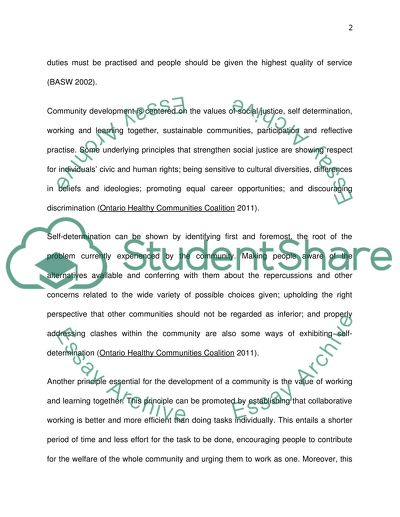Cite this document
(“Community Development & Social Work Assignment Example | Topics and Well Written Essays - 3750 words”, n.d.)
Retrieved from https://studentshare.org/social-science/1421143-community-development-social-work
Retrieved from https://studentshare.org/social-science/1421143-community-development-social-work
(Community Development & Social Work Assignment Example | Topics and Well Written Essays - 3750 Words)
https://studentshare.org/social-science/1421143-community-development-social-work.
https://studentshare.org/social-science/1421143-community-development-social-work.
“Community Development & Social Work Assignment Example | Topics and Well Written Essays - 3750 Words”, n.d. https://studentshare.org/social-science/1421143-community-development-social-work.


